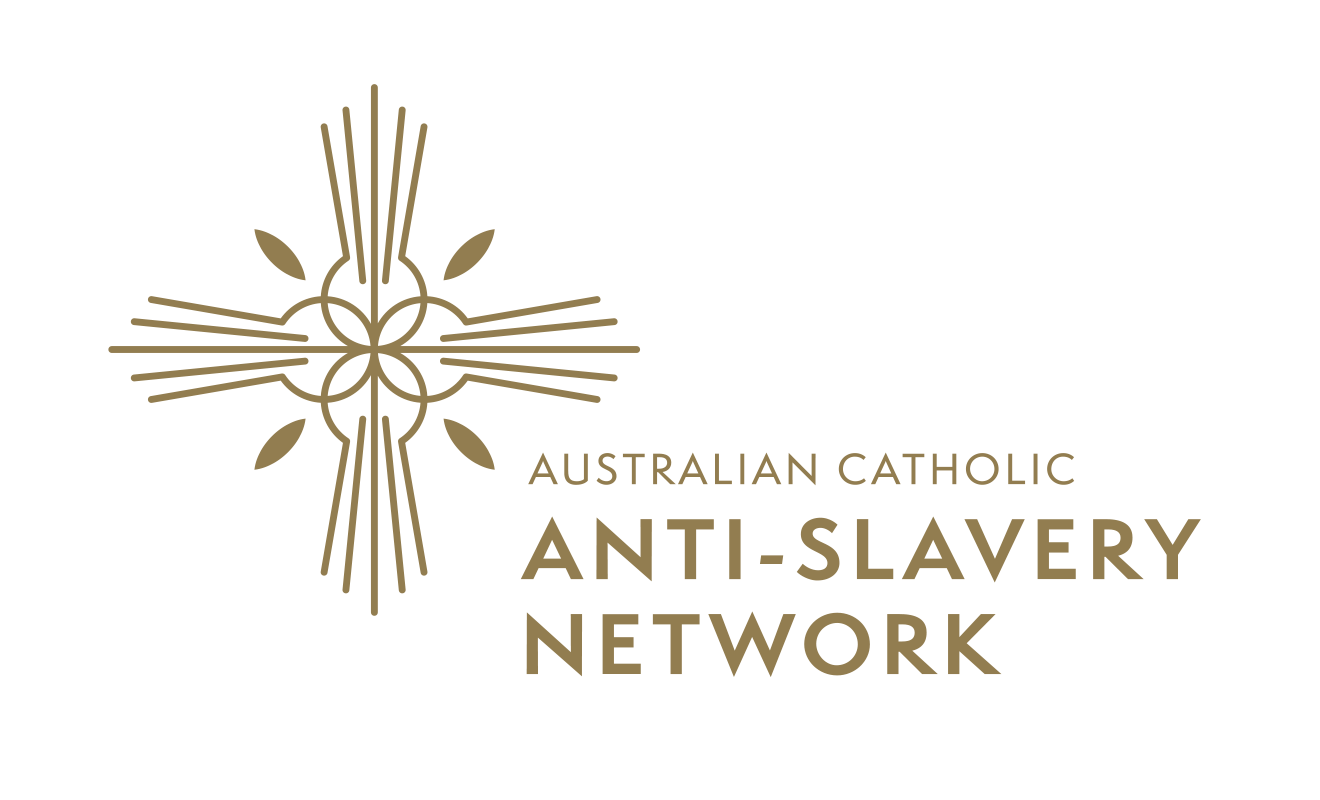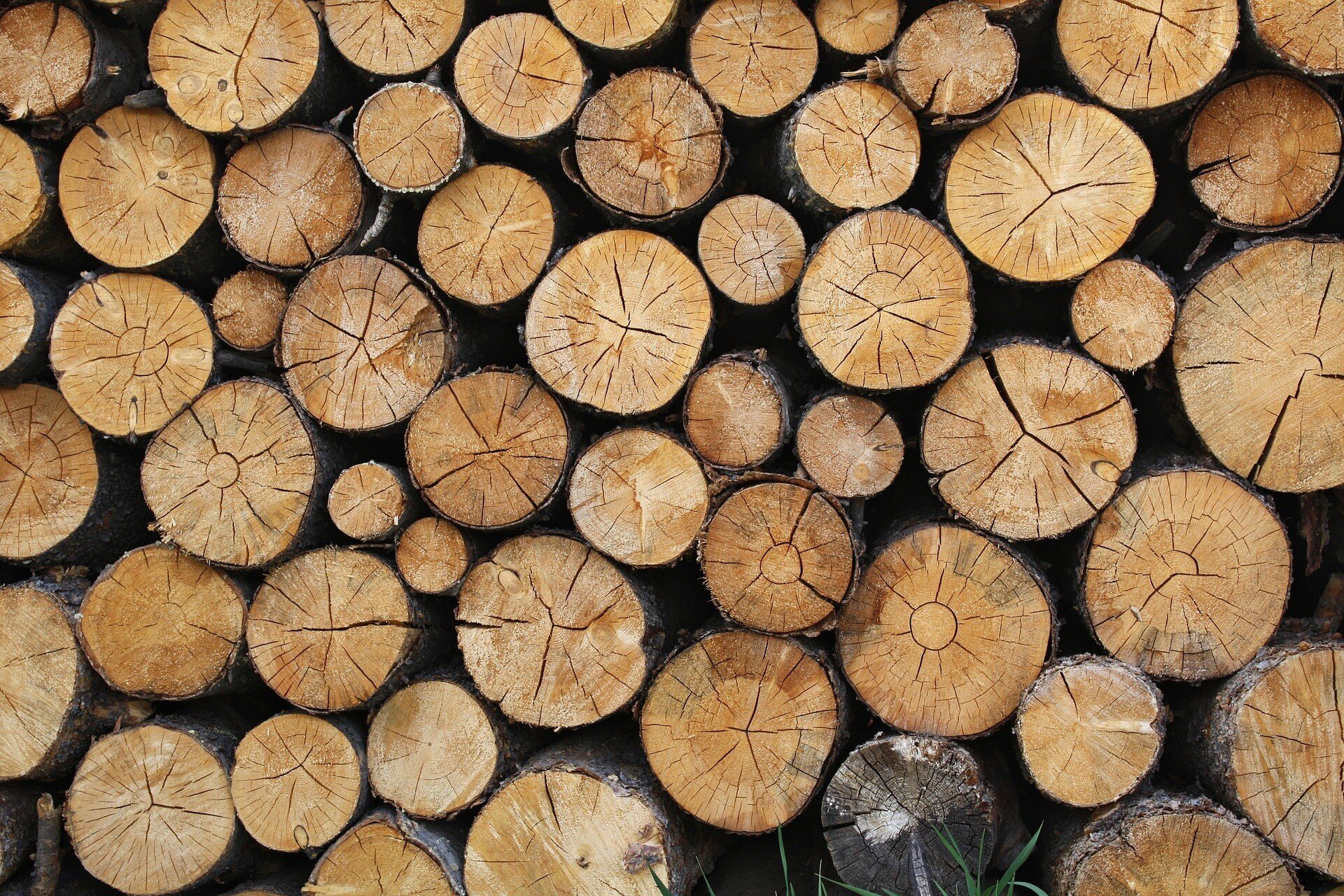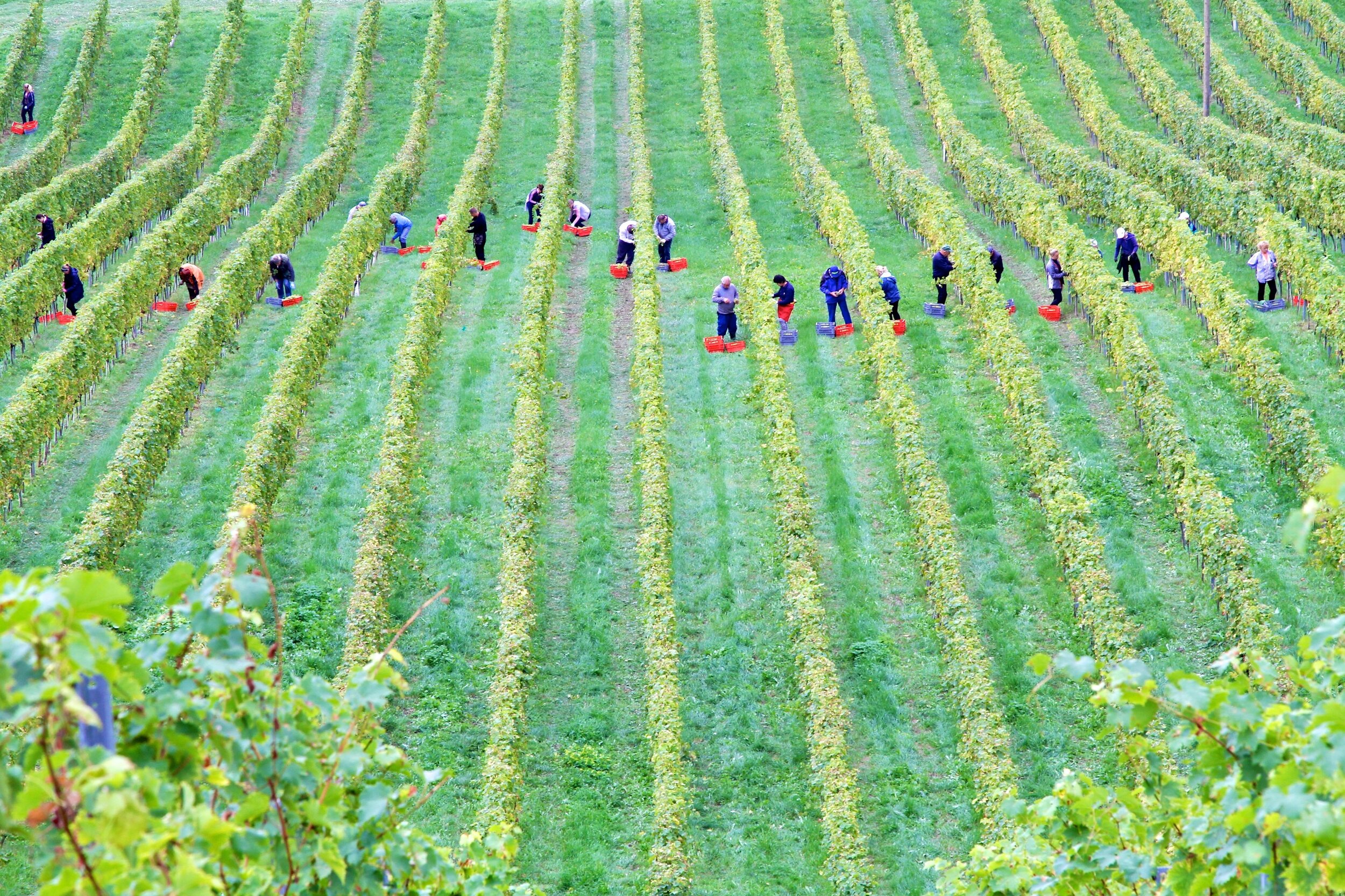
Modern Slavery
What is Modern Slavery?
According to the Global Slavery Index 2023 there are 50 million people living in situations of modern slavery on any given day, with the highest number in the Asia Pacific region. In Australia, an estimated 41,000 people are enslaved in Australia with 16,100 located in New South Wales.
Modern slavery refers to situations of exploitation where a person cannot refuse or leave, because of threats, violence, coercion, abuse of power or deception. Modern slavery is a non-legal umbrella term that includes:
Trafficking in persons
The worst forms of child labour
Forced marriage
Slavery or slavery-like conditions
Debt bondage
Deceptive recruiting for labour or services
Forced labour
Servitude
Although modern slavery is illegal everywhere, millions of people are forced to work in factories, fields, fisheries and mines. People are recruited and maintained in modern slavery by corruption, unethical business practices and system failures that do not adequately prevent or protect people.
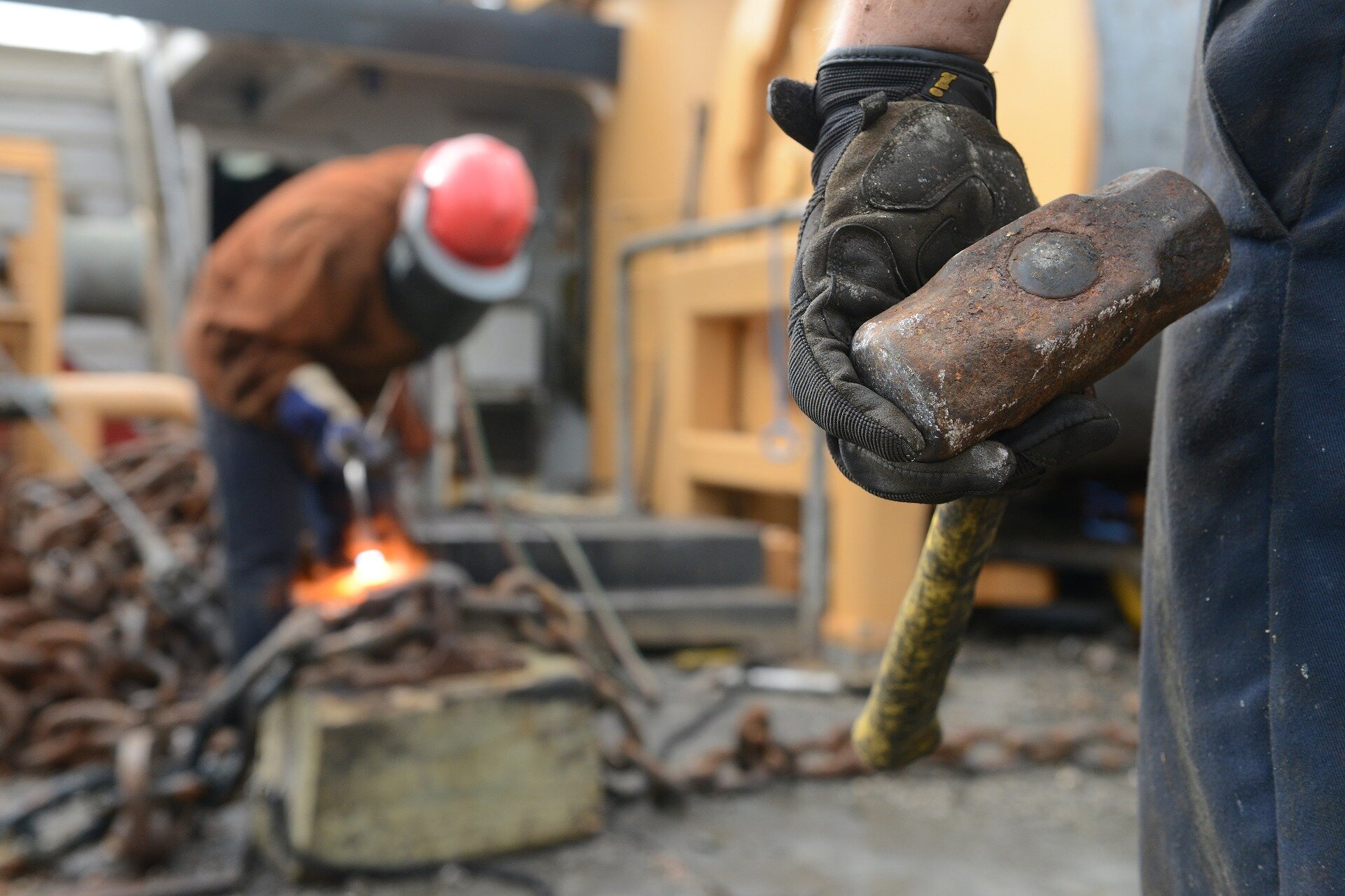
Structural Drivers in Global Supply Chains
Exploitative conditions and modern slavery is driven by relentless cost pressures, opaque subcontracting arrangements, and weak enforcement of labour standards. The fragmentation of responsibility across complex supply chains allows lead firms to benefit from low-cost labour while distancing themselves from harm.
Workers, especially migrants and those from marginalised communities, frequently lack formal representation and collective bargaining power, leaving them with little recourse when rights are violated. This power imbalance is further entrenched by barriers to unionisation, intimidation, and a lack of transparency in recruitment practices.
Broader structural forces—such as deregulation, trade liberalisation, and global competition—exert downward pressure on wages and working conditions. When paired with limited oversight and corporate accountability, these drivers create conditions for modern slavery.

Modern Slavery in Australia
An estimated 41,000 people are living in slavery-like conditions in Australia, according to the Global Slavery Index 2023 with 16,100 estimated be in modern slavery in New South Wales (source: NWS Anti-slavery Commissioner).
The most vulnerable are people without a visa, those who hold temporary visas, migrants and new arrivals. This includes people on sponsored employment visas that bond them to their employer, workers from the Pacific Islands, international students, asylum seekers and women migrating for marriage. People experiencing homeless, young people and people with a disability may also be at-risk.
High-risk services that rely on labour hire workers include: agriculture, building and construction, care work, meat and food processing, cleaning and security, hospitality, manufacturing and waste management.

Legislation and Reporting
In January 2019 the Australian Government passed the Modern Slavery Act 2018.
The Act requires entities based or operating in Australia, with annual consolidated revenue of more than $100 million, to report annually on the risks of modern slavery in their operations and supply chains, and actions they have taken to address those risks. Other entities based or operating in Australia may report voluntarily.
Modern Slavery Statements submitted by reporting entities can be accessed by the public on the Commonwealth Modern Slavery Statements Register.
All Australian companies and not-for-profits (‘entities’) captured by the Act must prepare an annual Modern Slavery Statement, including the Australian Government. These statements must address mandatory reporting criteria and be signed a senior responsible member of the entity.
The Australian Anti-Slavery Commissioner’s role is to further strengthen Australia’s efforts to address modern slavery by providing an independent pillar to Australia’s comprehensive response.
The New South Wales (NSW) Modern Slavery Act has established an Office of the Anti-slavery Commissioner in NSW, a strategic plan for NSW and guidance on reducing modern slavery in supply chains for NSW government agencies.
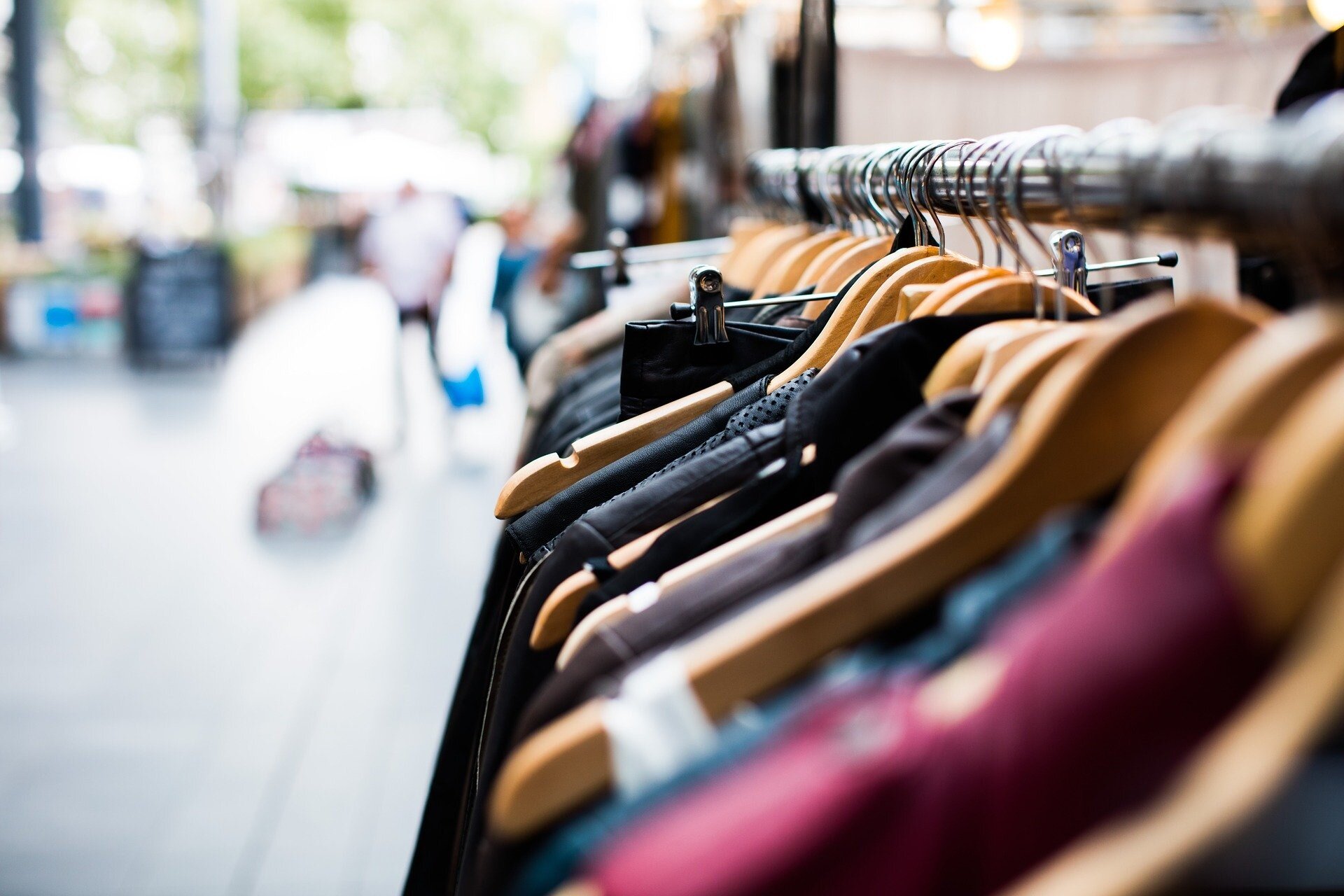
High-risk goods and services
When procuring goods and services, three key factors can indicate an increased risk of modern slavery in supply chains:
Geography
The country or location where a good or service is sourced or made.
Higher risk countries have weak worker protections (weak laws and/or enforcement), high levels of corruption, access to cheap labour and/or state-sponsored forced labour.
Sector
The type of industry or commercial enterprise making or providing the good or service.
Sectors associated with dirty, dull and dangerous work are at higher risk of modern slavery, and also ‘professional’ workers in jobs such as software coding, call centres and seafaring.
Commodity
The good itself and/or the materials it is made from.
Thousands of consumer goods can be linked to modern slavery throughout the life cycle of a product or service. Follow this link for a comprehensive list of goods and services at-risk of child and forced labour.
